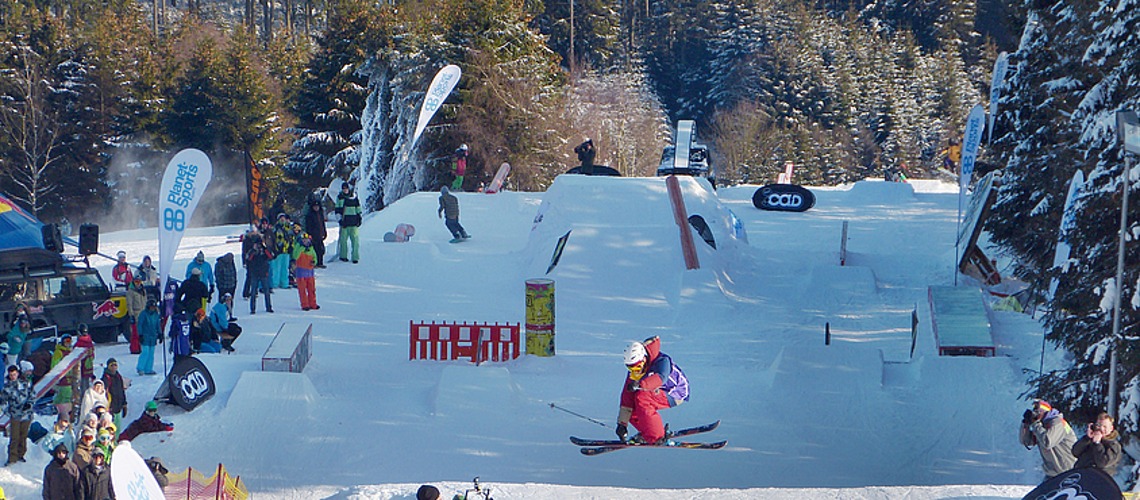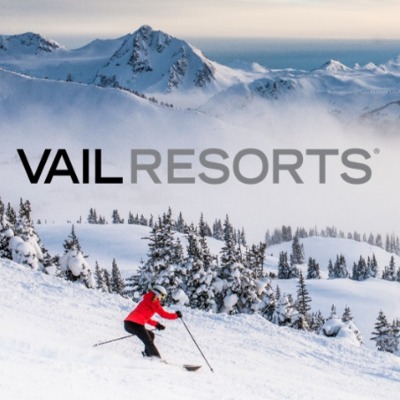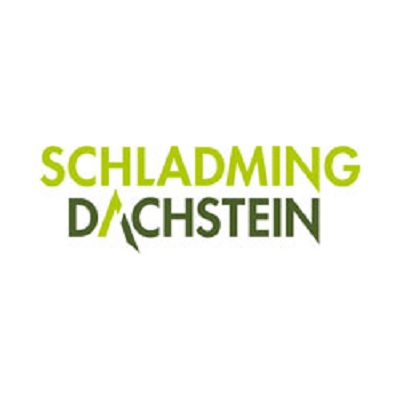Winter Sports Arena Sauerland: “Winter Sports Are Ecologically, Economically And Socially Sustainable”

Criticism of winter sports has become increasingly louder in recent years. The Winter Sports Arena Sauerland wants to counter this with an objective and fact-based approach. A new, comprehensive study on winter sports in the region underlines sustainability. It was presented at the general meeting.
Consider connections and interconnections
What is new is the comprehensive investigation of economic, ecological and social foundations and connections, their interrelationships and their effects. What is high and what is low energy consumption? What is acceptable and what is “too much”? How much do ski areas really contribute to climate change? What effects do alternative leisure activities have? What would be the consequences of giving up winter sports? In order to be able to assess all of this, comparisons must be made and impacts and effects must be taken into account. “We want to avoid isolated considerations, as these lead to misjudgments,” emphasizes author Christoph Schrahe.
Economically highly efficient and ecologically valuable
Critical points are also taken into account, but not only these. Instead, the 150-page study highlights how much the region benefits from winter tourism. Economic effects are examined and influences on quality of life and location factors are presented. The use of water is raised to a factual, correct level and shown that winter sports do not harm flora and fauna. By using them in winter, it is possible to cultivate the areas extensively in summer and to preserve biodiversity.
When it comes to the use of energy in terms of value creation, according to the study, winter sports are particularly efficient compared to the economy as a whole and use green electricity to a higher percentage.
No recycling, no long supply chains
The approach of so-called externalized costs is also exciting and new. Winter sports are presented here in a more positive way than almost any other industry. There are no long supply chains, the snow product is used locally and is disposed of without leaving any residue. The study proves this and much more using extensive facts.
Looking into the future shows great opportunities
It is particularly important to show those responsible what prospects winter sports have. The study determines that it could be around for many more years. Climate change has more noticeable effects in summer than in winter. In addition, technical development is progressing. Although the amount of natural snow has decreased in recent years, this is more than compensated for by conventional snowmaking.
The added value in the entire region has doubled since the Sauerland winter sports arena was created, and in the largest ski areas even the number of operating days has doubled. The snowmaking systems have become significantly more efficient. This means that a “snow cannon” uses the same amount of energy to produce twice as much snow as it did 20 years ago. Snow lances actually produce three times as much as models 15 years ago. Technical developments are still in full swing.
The study concludes: In contrast to the past, the Sauerland will have a favorable climatic location in both winter and summer in the future: in winter it offers the increasingly rare experience of snow, and in summer it offers a refuge from heat extremes.
The path to a climate-neutral future
Since 2019, the Sauerland Winter Sports Arena's declared goal has been to become climate neutral. The possibilities there are to get closer to this goal are shown using many examples and suggestions. These go far beyond possible measures to save energy or the familiar use of wind and solar energy. One approach, for example, is to generate heat from the snowmaking process. In collaboration with the municipalities, this could become part of the municipal energy supply concepts required by the energy transition. According to the study, the ski areas even have a good chance of becoming a driver of the energy transition in the region.
Climate change is on everyone's lips, not a day goes by when people are not made aware of the issue, the consequences, demands, political framework and calls for action from several sides. Because of this and other crisis issues, people are slowly becoming “climate tired,” surveys show. The ski areas want to set a good example and show how innovative concepts can be used to continue what has been successful for years and what people love and what is good for their health.
Last but not least. With its more than 100-year tradition, winter sports represent a cultural asset in the region. The people in Sauerland love their homeland and their traditions and identify with them. This, among other things, makes winter sports an important social factor.
FACT BOX ECONOMY
- Snow tourism accounts for around 2.6 million days of stay, including 1.54 million overnight stays and 1.1 million day trips in the entire region from Willigen via the HSK to Olpe and Siegerland-Wittgenstein.
- Holidaymakers spend an average of 159 euros per day, day guests 69 euros.
- Snow tourism generates gross sales of 326 million euros in the region
- The gross value added in snow tourism amounts to 196 million euros.
- 3,400 full-time jobs (in mathematical terms) are secured exclusively by snow tourism. That amounts to 5,100 actual employment relationships.
- If winter tourism were to be abandoned, tourism businesses would have to expect a 50% loss in sales.
- For every skier day lost, the region would have to gain 3.3 hiking guests or 5.8 cycling tourists. Hiking and cycling generate lower sales and are significantly less attractive to guests in winter than in summer. That means. There is currently no equivalent substitute for snow tourism in winter.
- The presence of cable cars and ski lifts makes some summer offers such as bike park operations possible (Winterberg, Willingen, Gellinghausen, Fahlenscheid)
- Winterberg and Willingen, which have made the highest investments in their winter sports infrastructure in the last 15-20 years, are the holiday resorts in the German low mountain ranges with the highest number of overnight stays.
FACT BOX ECOLOGY
- The alpine ski slopes in Sauerland and Siegerland-Wittgenstein currently cover an area of 248.3 hectares.
- This corresponds to 0.047 percent of the total area.
- Around the turn of the millennium, 18.5 percent of the ski slope areas in Sauerland/Siegerland were converted into either FFH areas or nature reserves. These protected areas were largely designated in long-standing ski areas.
- Snow tourism uses a comparatively small amount (532,000 m³) obtained from surface water. It produces very little wastewater, so the water is used, not consumed.
- One day of skiing requires 650-850 liters of water. This means ticket sales of 30.45 euros per m³. The production of one pint of beer requires 300 liters of water and generates 2.93 euros in sales per m³ consumed. The “production” of half a grilled chicken requires 2,000 liters of water and generates 2.60 euros in sales per m³ used. Breweries and food production generate wastewater during the manufacturing process, while in winter sports the water passes unpolluted into the natural water cycle after the snow melts.
CLIMATE FACT BOX
- The ski areas in the Sauerland winter sports arena had a total energy requirement of around 11,275 MWh in winter 20/21. Only 3.5 percent of the Co2 emissions come from snowmaking
- The Sauerland ski areas use 87.6 percent green electricity in winter operations.
- The majority of Co2 emissions in the ski area come from snow groomers. By using HVO (biodiesel) this can be reduced by up to 90 percent. Tests have already been successful. As soon as enough HVO is available on the market, it will be used more frequently - despite higher prices.
- In winter, a ski lift guest produces 32.65 kg of Co2 per day, of which 1.1% comes from snowmaking and 84% from travel, meals and accommodation - which are also incurred in alternative forms of tourism. (Summer vacation day in Spain: 159 kg/day, long-distance travel by plane: 454 kg per vacation day)
- The development initiated by the energy transition will significantly reduce the Co2 share in the future. It means that in 20 years the journey will probably have hardly any negative impact on the climate.
- The added value per kW/h used in snow tourism is 2.15 euros (overall economy 1.40 euros), the added value per ton of Co2 emissions in snow tourism is 6.01 euros (overall economy 4.59 euros)
Ø Measured in terms of added value, snow tourism achieves these effects with a lower use of energy, water and land compared to the economy as a whole.














